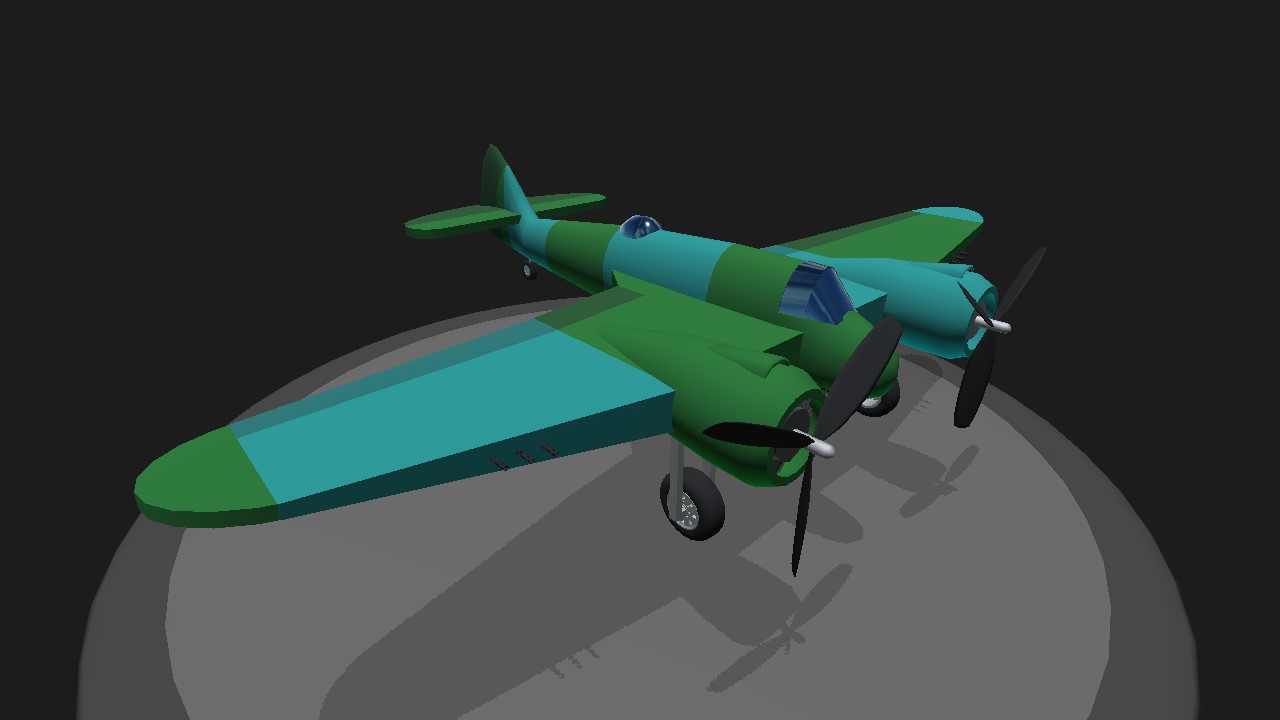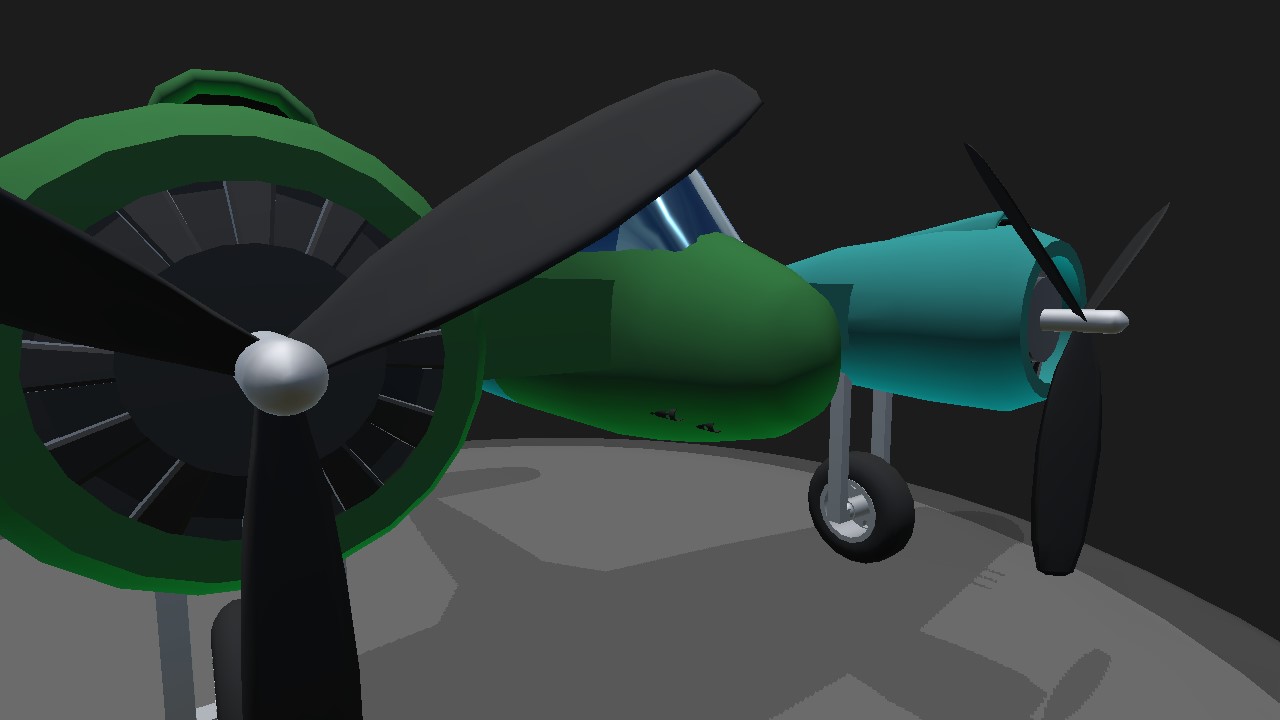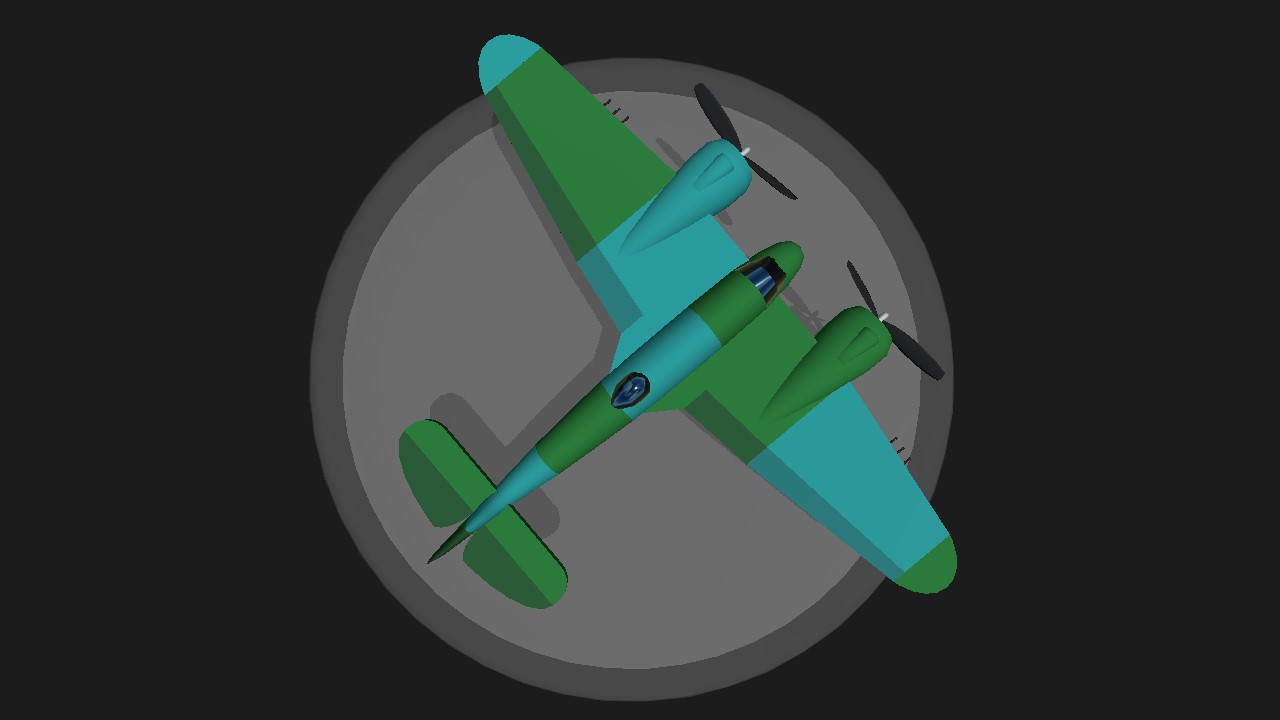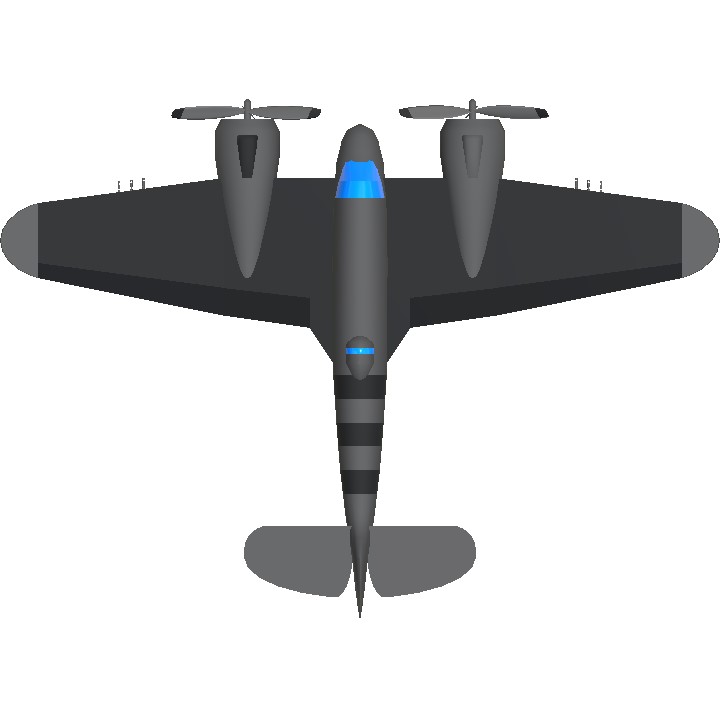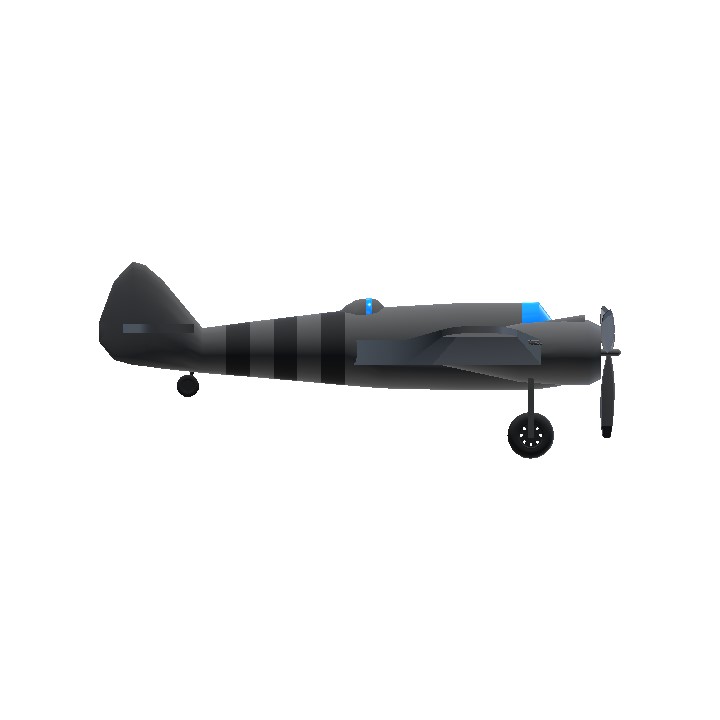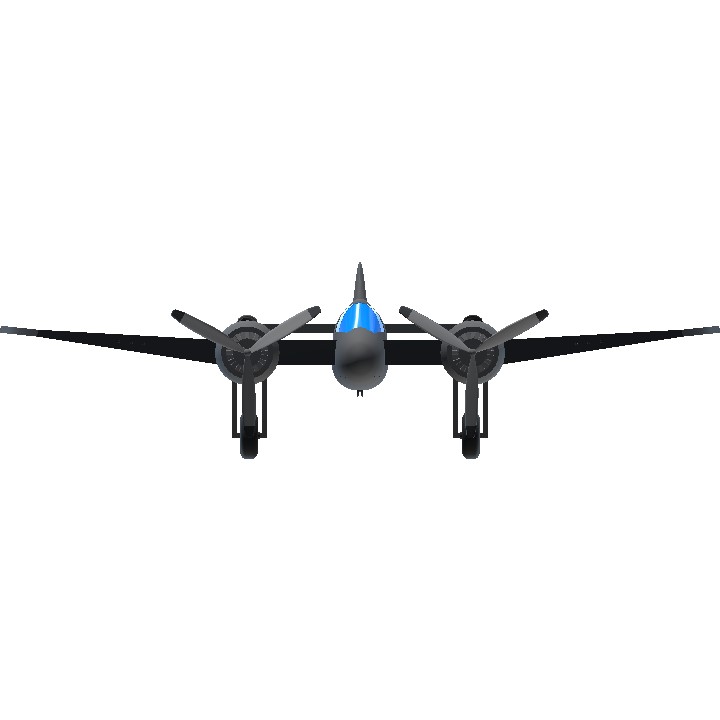Mossie's rival next door~
Bristol Beaufighter
- About the aircraft
The Bristol Type 156 Beaufighter (often called the Beau) is a British multi-role aircraft developed during the Second World War by the Bristol Aeroplane Company. It was originally conceived as a heavy fighter variant of the Bristol Beaufort torpedo bomber. The Beaufighter proved to be an effective night fighter, which came into service with the Royal Air Force (RAF) during the Battle of Britain, its large size allowing it to carry heavy armament and early aircraft interception radar without major performance penalties.
The Beaufighter was used in many roles; receiving the nicknames Rockbeau for its use as a rocket-armed ground attack aircraft and Torbeau as a torpedo bomber against Axis shipping, in which it replaced the Beaufort. In later operations, it served mainly as a maritime strike/ground attack aircraft, RAF Coastal Command having operated the largest number of Beaufighters amongst all other commands at one point. The Royal Australian Air Force (RAAF) also made extensive use of the type as an anti-shipping aircraft, such as during the Battle of the Bismarck Sea.
The Beaufighter saw extensive service during the war with the RAF (59 squadrons), Fleet Air Arm (15 squadrons), RAAF (seven squadrons), Royal Canadian Air Force (four squadrons), United States Army Air Forces (four squadrons), Royal New Zealand Air Force (two squadrons), South African Air Force (two squadrons) and Polskie Sily Powietrzne (Polish Air Force; one squadron). Variants of the Beaufighter were manufactured in Australia by the Department of Aircraft Production (DAP); such aircraft are sometimes referred to by the name DAP Beaufighter.
- About the variant
Two-seat night fighter variant equipped with AI Mark IV radar and Hercules XI engines
C O N T R O L S
Trim : Flaps, cruising 'rotate' adjuster
VTOL : Further flaps
Specifications
General Characteristics
- Created On Android
- Wingspan 47.3ft (14.4m)
- Length 34.3ft (10.5m)
- Height 13.0ft (4.0m)
- Empty Weight 7,674lbs (3,480kg)
- Loaded Weight 11,174lbs (5,068kg)
Performance
- Power/Weight Ratio 0.288
- Horse Power/Weight Ratio 0.289
- Wing Loading 16.4lbs/ft2 (80.1kg/m2)
- Wing Area 680.8ft2 (63.3m2)
- Drag Points 2090
Parts
- Number of Parts 80
- Control Surfaces 9
- Performance Cost 529

